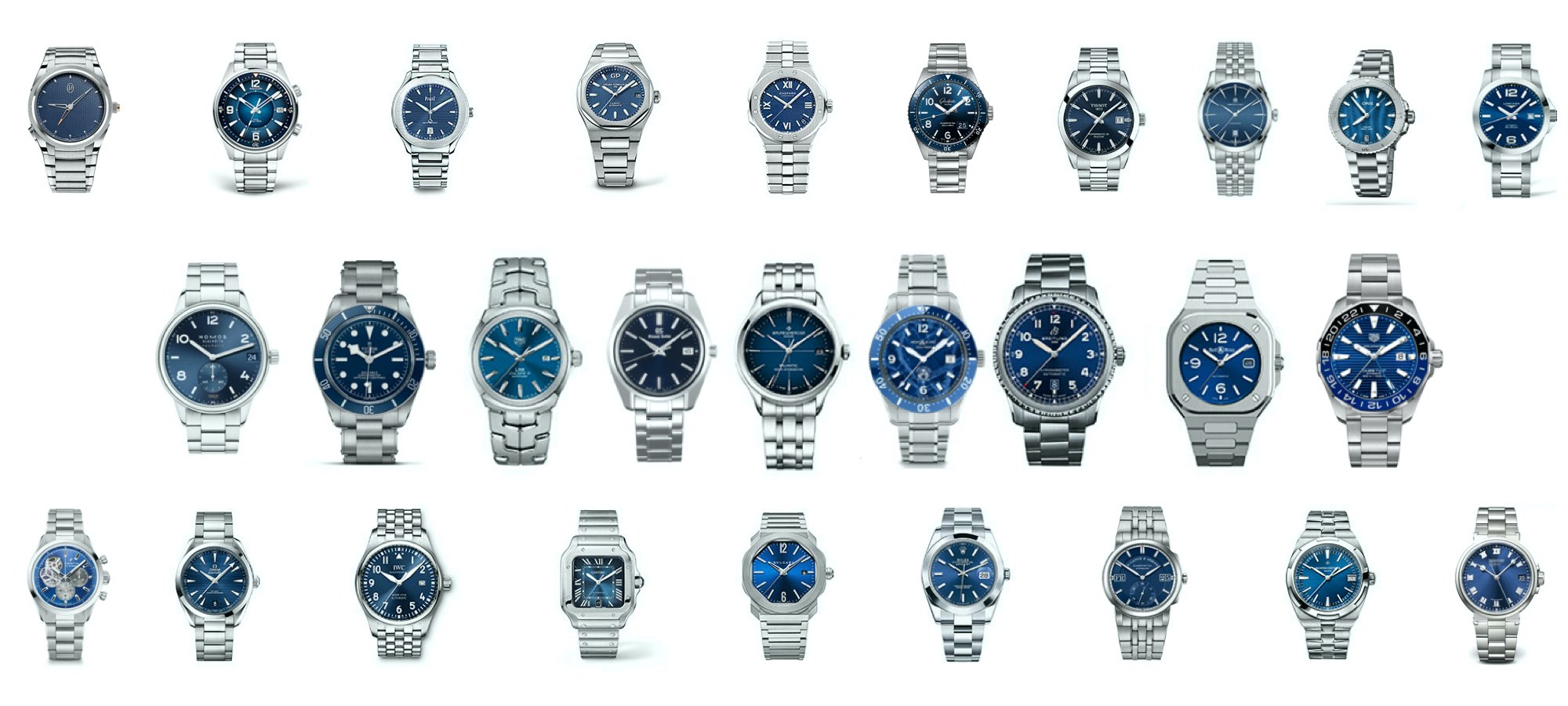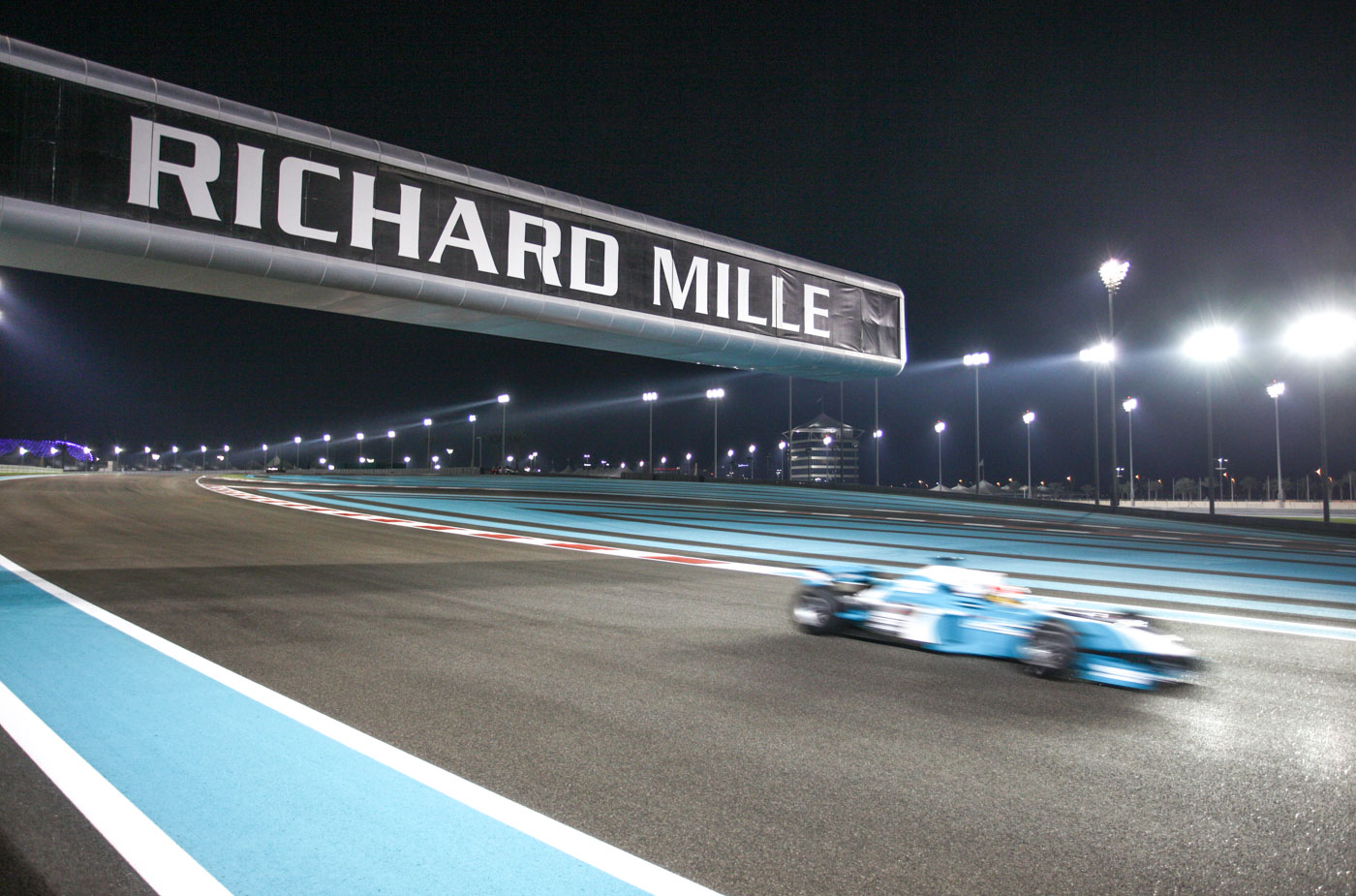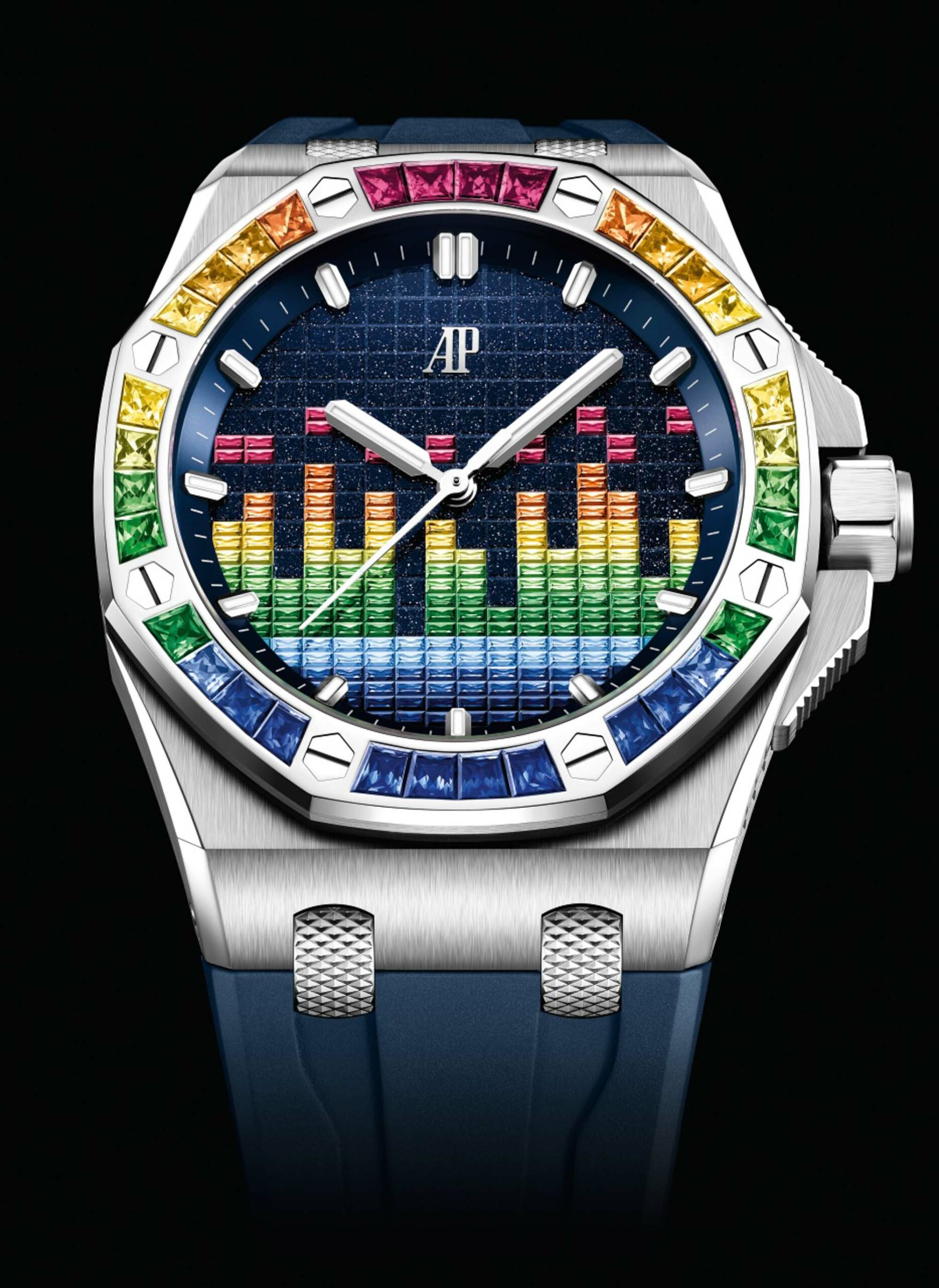
It happened recently that I was having dinner with a watch brand CEO whose company is working with an acclaimed independent watch designer — let’s call him X. X told this CEO that he has been receiving assignments from a large variety of brands and that his recent assignments from other brands began to echo the same sentiment:
“Brands tell me: »Mr. X, please, design us an icon!«”
I was sitting there, in front of said CEO, and as he finished telling me this brief story about the designer’s recent interactions, I felt a wave of reactions pass through me. The overwhelming, industry-wide desire for “an icon” won’t shock anyone who has been following recent years’ watch releases, or the phrases (“iconic,” “timeless,” “archetype”) brands like to use and overuse when presenting their novelties. And certainly not, once we factor in the greater public’s appetite for so-called “safe designs,” products that they can wear knowing they are making a choice that thousands of customers before them have made to communicate their wealth, status, or good taste. However, the apparent lack of understanding of the fundamental principles of what makes an icon did surprise me somewhat, as this desire for new icons is coming from an industry that is addicted to hoarding SKUs, (stock-keeping units), or, as they are sometimes called in fancy horological speak, references.
There are multiple components to this conundrum. The first comes from the fact that it’s challenging to have an icon in dozens, if not hundreds of flavors — and that’s true even if we are looking at an established, widely recognized piece serving as the core ingredient, and twice as true if brands are to dilute a fresh design at the early stages of “icon-making,” expecting it all to magically work out in their favor. By early stages, I mean in the first 1-3 years after the introduction of a new piece. Neither the brands nor we watch lovers can have almost limitless choices and true icons at the same time. And yet, we see brands aspiring to be “freshly iconic” by their own admission, while also offering anywhere between 600 to over 1,000 references on their websites — and probably many more in their complete catalog.
A fascinating development some large and recently successful brands have realized is the following shift in consumer behavior. Watch buyers of old would primarily seek out a specific product to meet a specific set of requirements they had (wearing conditions, additional functionality, a certain level of durability, price, etc.), and would consider the brand of the product almost as an after-thought. By contrast, a majority of consumers today choose a brand first and seek out a product they like from its portfolio after. From the type of phones they use to the oversized logo that’s printed on their sweatshirt to the chequered pattern on their bag — those may not be the best phone, the best sweatshirt, or the best bag in their respective segment, maybe not even the best for said customer’s needs, but it’s the best from the brand they want to be associated with. One can scorn this, but this consumer behavior has very much been driving the wheels of the luxury industry and likely will continue to do so for a fair bit of time.
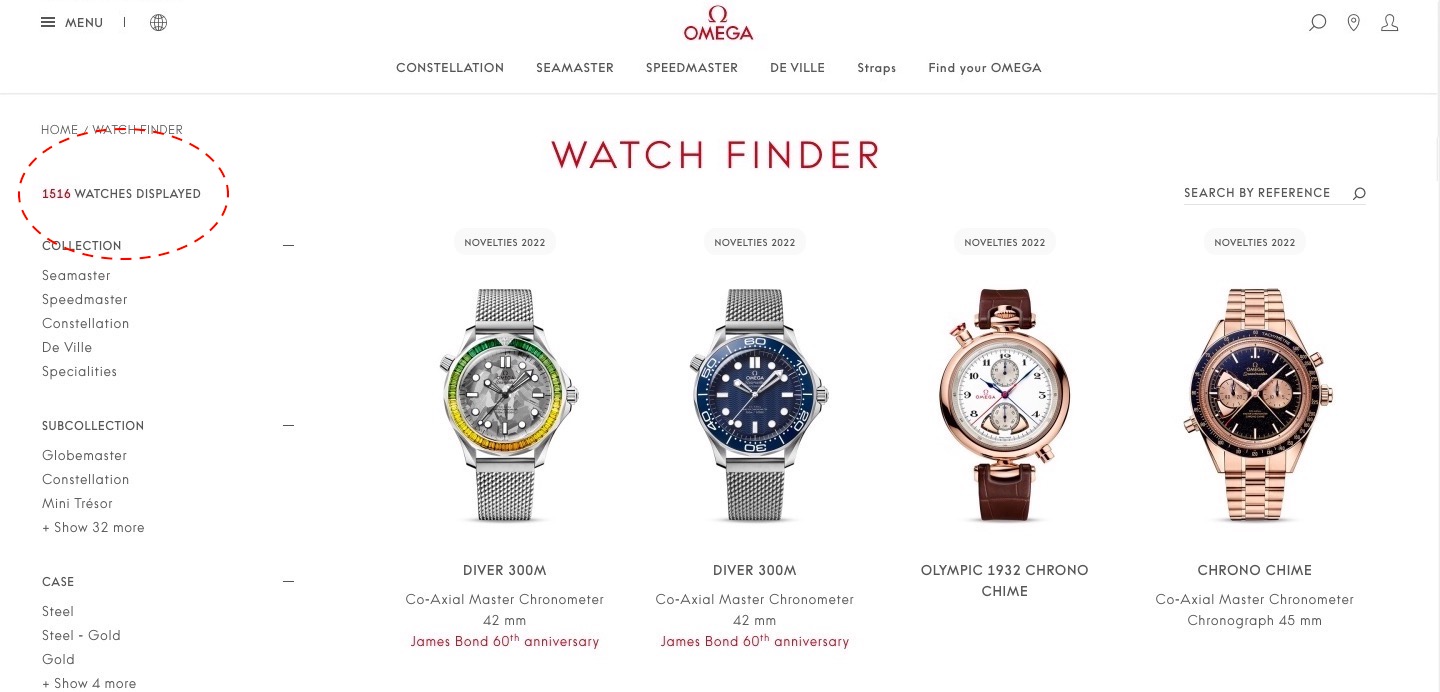
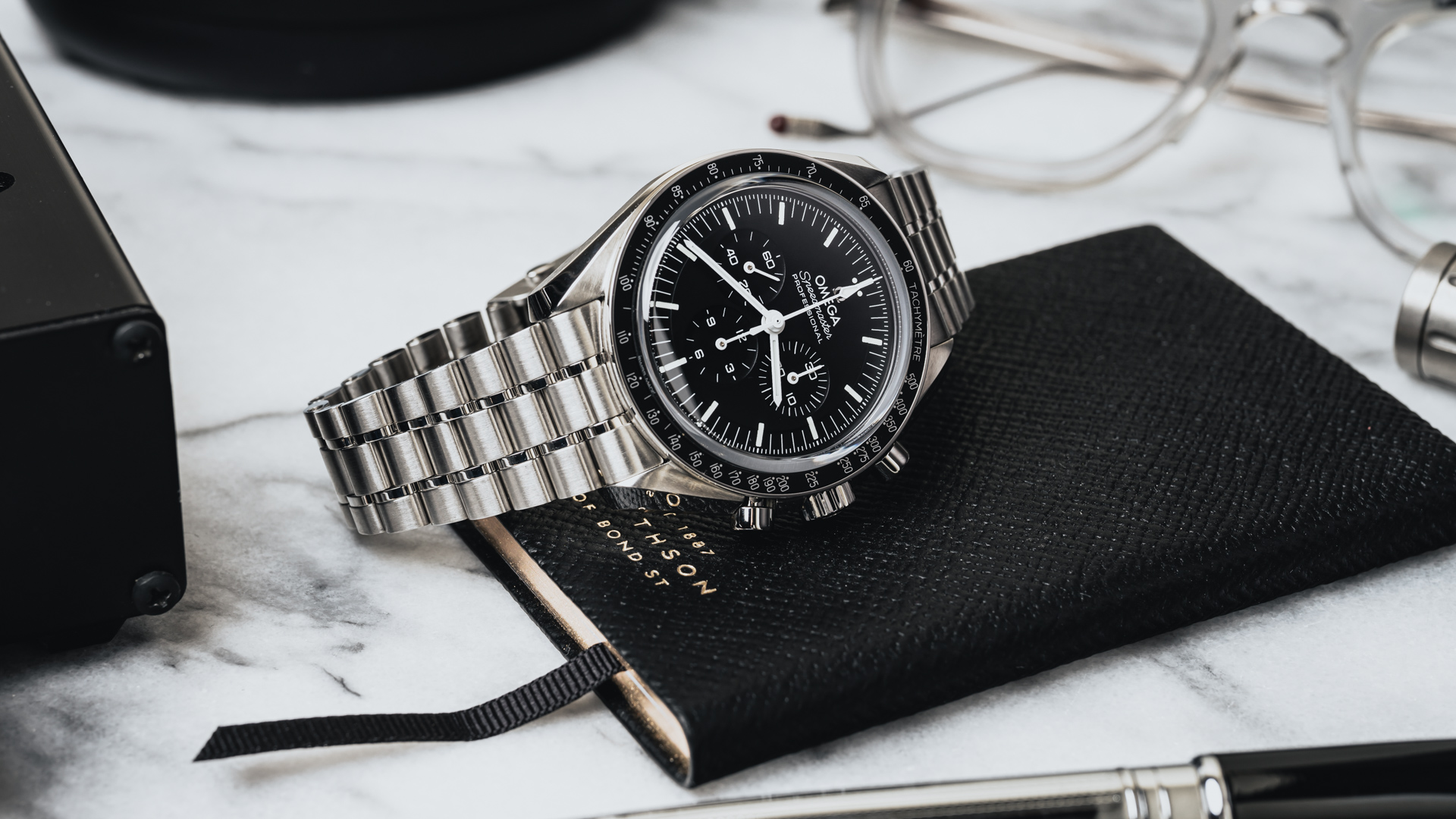
This neatly leads us to a side note that is nevertheless another important element of today’s Grinding Gears column: the sometimes shocking number of references offered by some of today’s brands. Can you guess, how many references Omega’s website lists as currently available? I’ll go out on a limb and say: You’re wrong, it’s way more than you are thinking. It’s 1,516. This, of course, includes all the different dial colors and bracelet options of certain models — but then, the question needs to be asked, which handful of the 1,516 are expected to be wired into the collective mind of the brand’s global audience? There are 106 Speedmaster models, 412 under the Seamaster category, and 455 under Constellation, and the rest fall into other collections such as the DeVille. Sometimes it does not take a four-figure SKU count to cause a headache for the customer: Panerai has diluted its Luminor collection to the point that many of even the brand’s most dedicated followers have given up on keeping track. Its bread-and-butter line is refreshed at unpredictable moments with totally new references with little to no logical ties to the history of the company or the collection, or to previous Luminor models that have come before. Sizes, materials, dial layouts — it seems to be just a matter of time before every possible combination gets made. Other brands, like TAG Heuer, create confusion through their naming practices — like with the Heuer 01 and Heuer 02 movements, or the Autavia which was neither automotive- nor aviation-focused. Seiko, another brand with an avid and global follower base has been as confusing as any, both with its product range updates and pricing strategies.
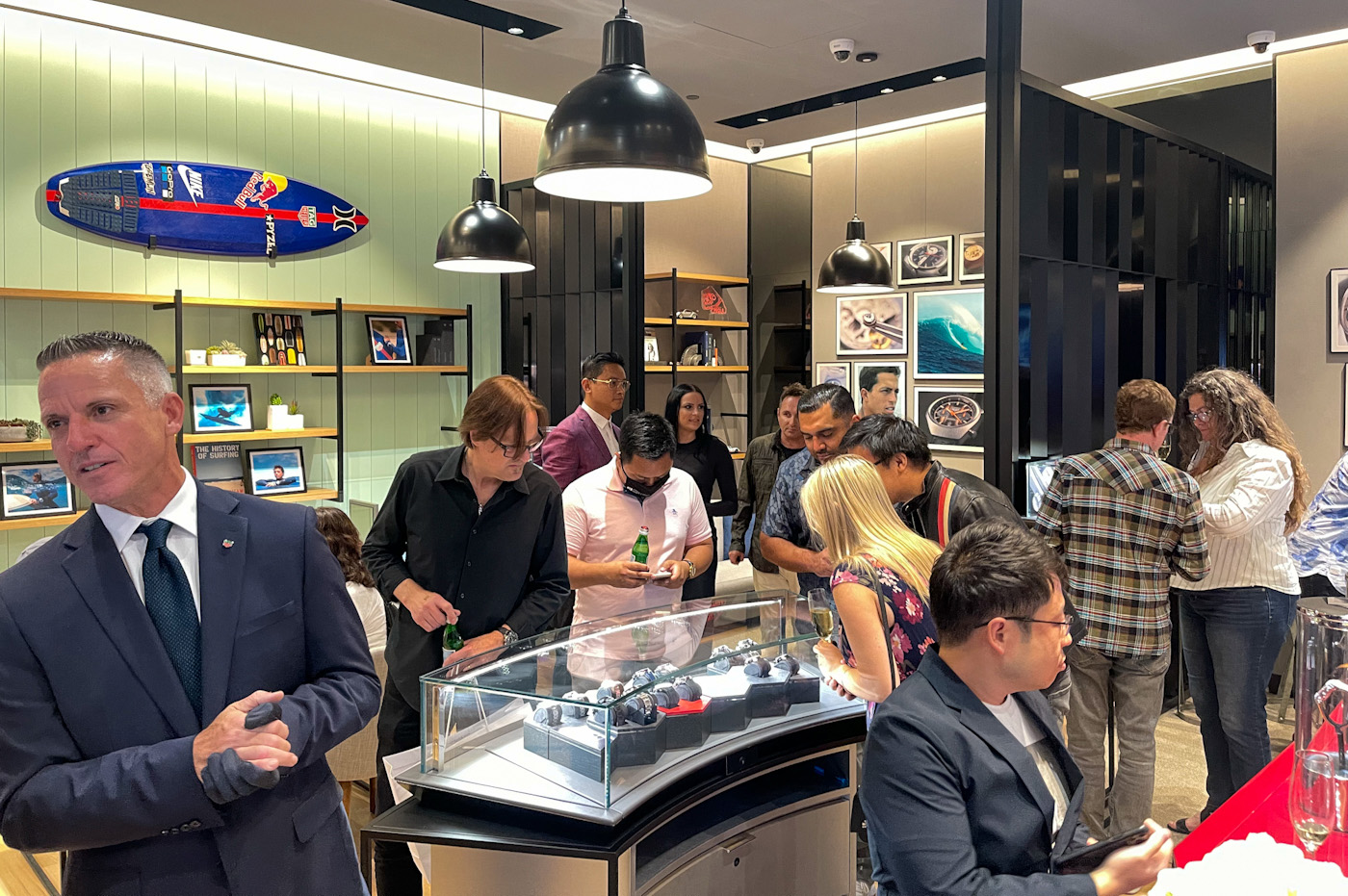
All this happens largely because a brand reasonably hopes it can lure the consumer into its boutique, and once that happens, it sure wants to be able to offer something that customer likes enough that they choose to buy it — before their heart pulled them toward another brand. As far as choice is concerned, there appear to be two ways of making a customer feel comfortable with a purchase: either with an extremely limited product portfolio — just look at the Submariner that comes in only three versions in steel. Not 30 or 13, just three. “No Date” in black, or Date with a bezel in black, or green. That’s it. The alternative method is to offer a wide range of sizes, bracelets, bezel, and dial options, and let the customer pick a piece that’s most to their liking — from several dozen, if not over a hundred variations. Just look at the Datejust or the Constellation as great examples. A system many brands may want to start using is the online configurator like the one Rolex has on its official website. Although a bit clunky to use, it gives one the illusion of getting a piece tailored just to one’s taste — even if it is nothing more than a clever way of presenting the brand’s existing range of SKUs. By contrast, many other watch brand sites rely on annoying and often illogically limited filters just to allow the customer to find a watch that’s to their liking. Using filters can be frustrating and unintuitive — and it’s hardly ever fun.

It’s easy to see why the latter method, which builds on hundreds of variations, is difficult to foster the growth of new icons. Certainly familiar with the almost paralyzing effect that the prospect of hundreds of options might create, brands like Rolex and Omega strongly focus their communication on a few select models, with specific configurations, hence doing their part in laser-etching a specific aesthetic into the public’s consciousness. But that’s only part of the repetition that needs to take place before a piece is not only registered but automatically recognized by the general public. Judging by the watches that are of actual iconic status today, this practice needs to be completed by repetition in daily life and real-world encounters for years. Certain designs, like the original Moonwatch, the Submariner, and the Navitimer, enjoy their unshakable status of global recognition today because they have not years, but decades of repetition both in marketing messages and real-world encounters working for them. And for this to happen, they had to stay very close to their core design throughout this extensive period — an evolution with too strong a deviation can understandably confuse the non-watch-connoisseur. The aforementioned three references have stayed impressively true to their specific layout, style, proportion, and functionality for decades, therefore proving that an icon is not designed once by Mr. or Ms. X, its original designers, but also carefully maintained by their successors.
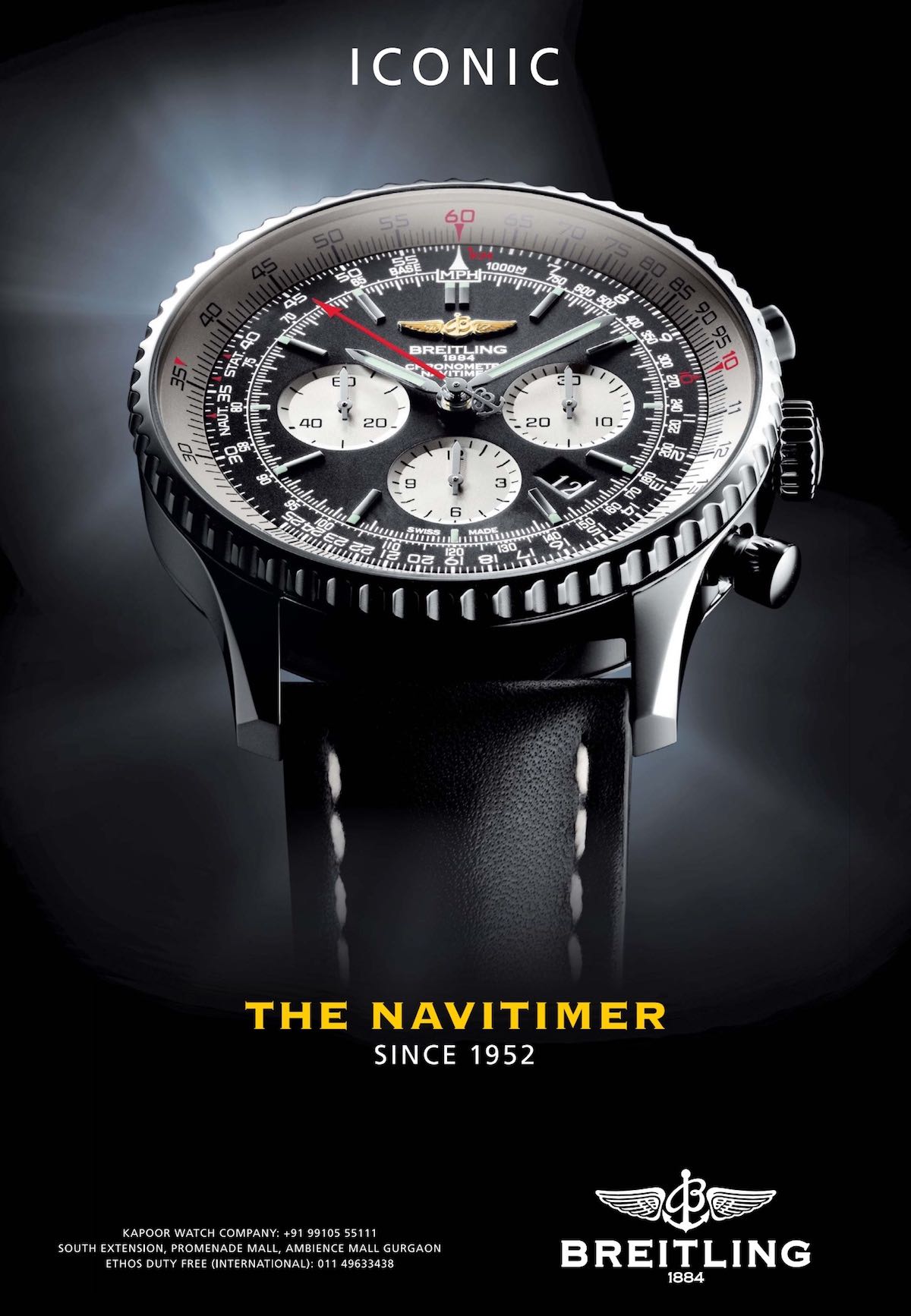
To further complicate things, today’s first-world consumers are bombarded by information — ads, posts, stories, articles — like they had never been, and owning the latest and greatest product has been a race many want to win to impress their peers. The systemic psychology behind this behavior is arguably very different from the one required to have the appetite for a long-established design — which might explain why some brands try and turn their icons into “the hot thing to own at the moment.” This is done primarily through the practice of creating yet newer limited editions based on them. The Omega Speedmaster and the Hublot Big Bang are two fitting examples, but TAG Heuer’s Monaco or Audemars Piguet’s Royal Oak is also worth mentioning, along with at least a dozen or so other core collections subjected to the same treatment.
All this creates a confusing environment in which end-consumers might find it challenging — and not exactly fun — to navigate. We, dedicated watch enthusiasts, might be able to list 10 arguments with which we can justify a purchase. However, the watch industry could not sustain itself without a greater public buying its products, and most of its customers might not be as well-equipped with arguments as we sometimes are. For them, a purchase decision is made in an immense noise where new watches are called “timeless” and “iconic” and where watches thought to be “iconic” are presented every two or three months in a new limited edition, potentially diluting the strength of their status. And yet, in the eyes of many, a proven icon is seen as a life jacket thrown to their rescue, equipped with decades of hard-earned proof — testifying to its timeless style and tested performance, having been worn by iconic people of the past, or played its role in unforgettable moments in history.
It is understandable that brands want designers to make them shiny new watches with the gravitas of an established iconic product. But an icon apparently is not created just once, but through years and decades of trust in its abilities to withstand changing moods and through decades of self-restraint where they are produced in just a handful of references that change every six to eight years — and not every six to eight months. They are like a freshly planted walnut tree — it’s not until seven or eight years before the first proper yield, and 30 years or more before they are to reach their peak. Now, try selling that concept to a pack of return-hungry stock owners. Chances are, catering to customers with a large variety of references and limited editions visiting a boutique for the brand’s image will continue to be the prevailing practice over potentially losing them in favor of an icon sold next door — whose iconic status largely came from failing to yield anything for several long years.
Although miracles happen and iconic products do get made in short periods of time, these are the exceptions that enforce the rule. What do you think: Should brands invest their time and self-restraint in icon-making, or have their creativity flow freely and make fresh designs every few months? No right or wrong answers here.


